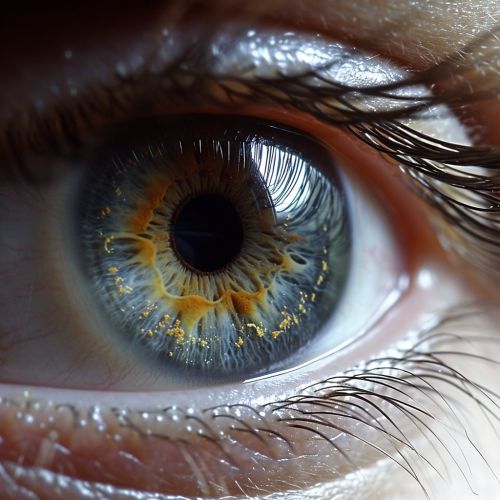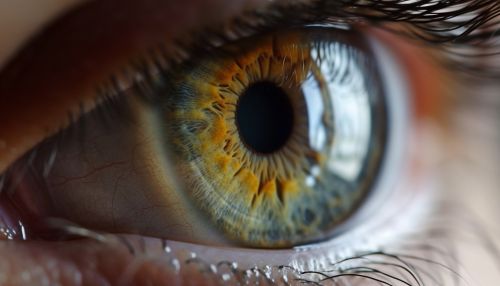Coats Disease
Overview
Coats' disease, also known as exudative retinitis or retinal telangiectasis, is a rare eye disorder characterized by abnormal development of the blood vessels in the retina. The disease primarily affects the smaller vessels, leading to aneurysmal dilations and exudation of lipoproteins into the retinal layers. This results in partial or complete loss of vision in the affected eye.
Etiology
The exact cause of Coats' disease remains unknown. However, it is believed to be idiopathic in nature, meaning it arises spontaneously without a known cause. Some researchers have proposed a possible genetic component, but no specific genes have been definitively linked to the disease.
Epidemiology
Coats' disease is a rare condition, with an estimated prevalence of 0.09 per 100,000 individuals. The disease predominantly affects males, with a male to female ratio of approximately 3:1. It typically presents in childhood, with the majority of cases diagnosed before the age of 10. However, it can also occur in adults.
Pathophysiology
The pathophysiology of Coats' disease involves the abnormal development of the retinal blood vessels. These vessels become dilated and twisted, a condition known as telangiectasia. The walls of these vessels become permeable, allowing the leakage of serum and lipoproteins into the surrounding retinal tissue. This leads to the formation of exudates, which can cause retinal detachment and vision loss.
Clinical Presentation
Patients with Coats' disease typically present with decreased vision in one eye. This may be accompanied by a yellowish-white appearance of the pupil, known as leukocoria, or by strabismus, a condition in which the eyes do not properly align with each other. In advanced stages of the disease, patients may experience pain due to secondary glaucoma.
Diagnosis
The diagnosis of Coats' disease is primarily based on clinical examination and imaging studies. On examination, the characteristic findings include retinal telangiectasia and exudates. Imaging studies, such as fluorescein angiography and optical coherence tomography, can help confirm the diagnosis and assess the extent of the disease.
Treatment
The treatment of Coats' disease is aimed at preserving vision and preventing complications. This may involve laser photocoagulation or cryotherapy to seal off the abnormal blood vessels. In severe cases, surgical intervention may be required to reattach the retina or to remove the affected eye if there is painful glaucoma.
Prognosis
The prognosis of Coats' disease is variable and depends on the stage of the disease at diagnosis. Early detection and treatment can help preserve vision. However, in advanced stages, the disease can lead to complete vision loss in the affected eye.
See Also


